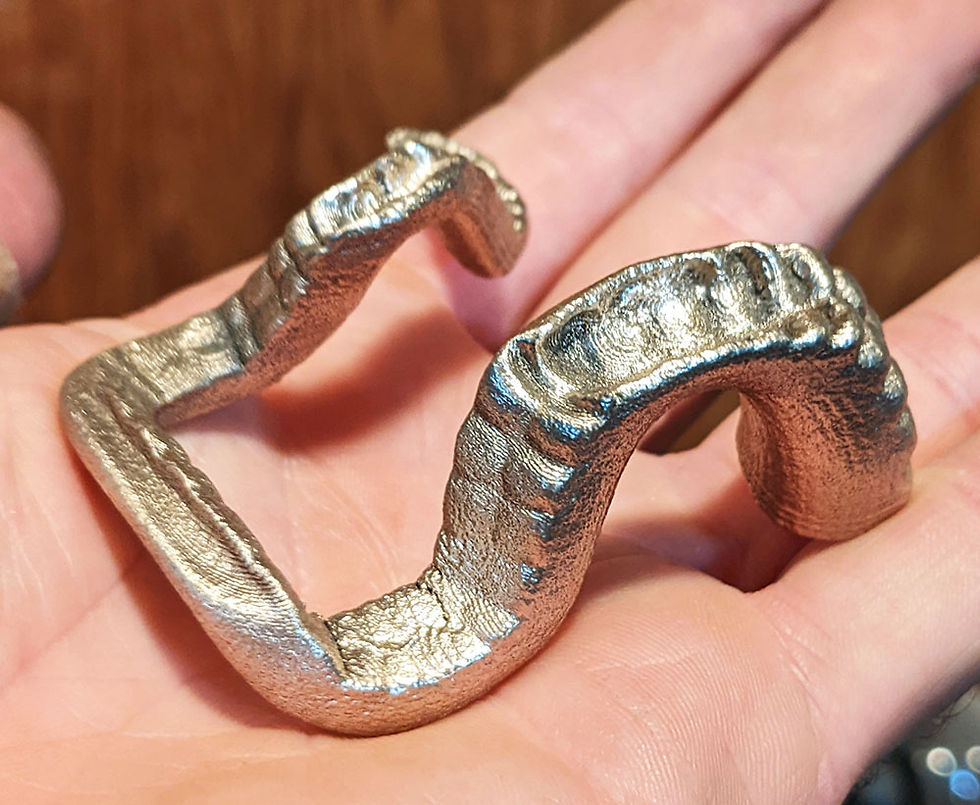5 Tips for FDM 3D Printing: How Can I Get My Model 3D Printing Ready
- gCreate Team
- Mar 18, 2020
- 2 min read
Whether you are designing for CNC machining, injection molding or sheet metal bending, understanding how to create a 3d model to match your manufacturing method can make all the difference. Here are some tips to get your model ready for 3D printing!
1. Make sure that your model is watertight.
Having a "watertight" model has no gaps in the mesh and the model is properly sealed. If your model is not watertight, try and repair it with Microsoft 3D Builder or in your modeling software.


2. Have an appropriate wall thickness
If your model's walls or floors are paper-thin, there's a good chance that the slicing software won't recognize the surface as printable. Depending on your nozzle diameter, most walls should be no thinner than 1mm for optimal results.


3. Avoid large skeletal structures
Prints like the one below are problematic for multiple reasons. They can be fragile, hard to slice, would require large amounts of support (some of which won't remove without destroying the model). To print a model like this, try cutting it up the model so it can lay flat on the bed.

4. Don't have minuscule detailed objects in the print
If your model is small and has tiny, there is a good chance that it won't print well or at all. Small objects with large overhangs or immense flat panels are not good for 3D printing due to the nature of FDM format 3D printing.
Even something as simple as a little tree could be incredibly complex and impossible to print. This example would need excessive amounts of support which would be impossible to detach from the print itself.
5. Understand your model
Print time is exponential while being dependant on size, detail, and density. A large model may take as much time to print a small dense model.
Keep some things in mind while modeling to make it easier to print.


If you want a cleaner finish on your prints, try and model them so they don't need support material. Think about what orientation you want your model to be printed in to make sure you get the best surface finish.

If this is a structural or engineering print, keep in mind the tolerances of FDM 3D printing. If you need a stronger material that prints at a higher temperature, the chance of warping increases as well. Using a carbon fiber infused filament can help mitigate the effects of warping.
These 5 tips are enough to take your 3D printing skill to the next level. Once you got all of this down, then you need to make sure you have a great first layer. You can find out how to get a perfect first layer here.
Happy Printing!













Comments